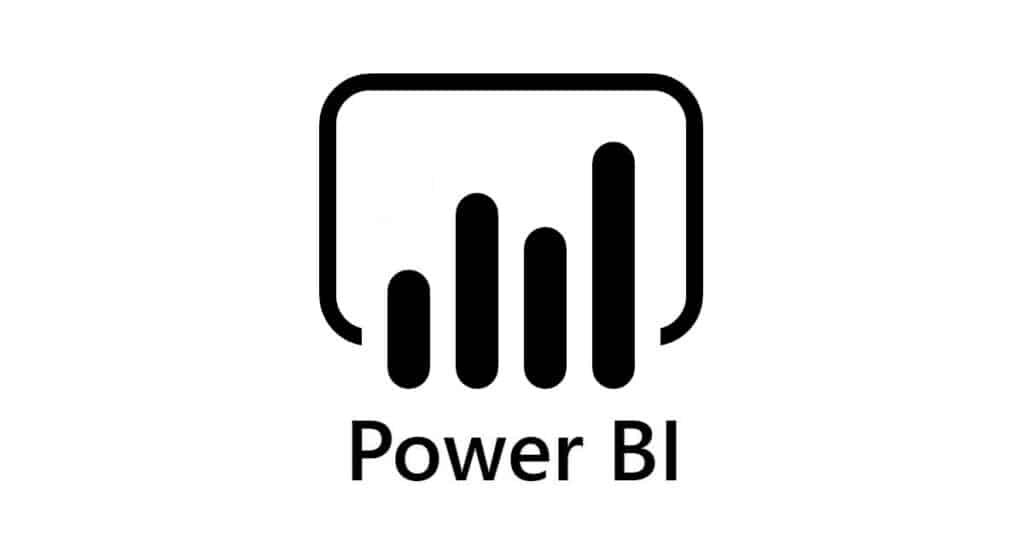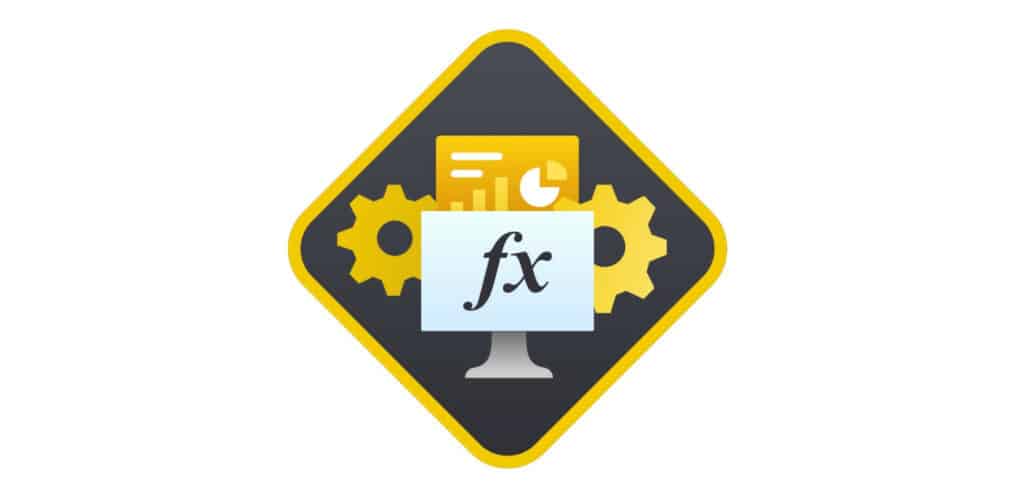The Power BI RELATED function allows you to retrieve a column from a data table. Find out everything you need to know about this DAX function and how to take a training course to become a Power BI data analysis expert…
With over 5 million users, Microsoft’s Power BI software dominates the Business Intelligence platform market. This tool owes its popularity to its efficiency and flexibility in handling a wide variety of data.
Its various functions make it easy to create highly detailed reports and dashboards. DAX functions can be used to solve equations and return values using a variety of expressions.
There are many DAX functions, which can be used to perform a wide variety of tasks such as adding, comparing or searching for data.
One of the most commonly used is the Power BI ‘RELATED’ function.
What is Power BI?
Microsoft’s Power BI platform is available as PC software, a mobile application and as a SaaS cloud service on Azure. It offers Business Intelligence functionalities for companies.
In particular, Power BI is used to create highly interactive and detailed dashboards and reports. The software enables data to be analysed in real time to extract valuable insights.
Thanks to its cross-platform compatibility, users can stay connected and access dashboards from anywhere in the world using a simple mobile device.
Report-building tools, numerous data visualisation options and DAX functions make it easy to create reports and collaborate on projects.

The navigation panel is highly detailed and provides a wealth of information, making it easy for team members to work together on dashboards and reports.
This dynamic interface simplifies access to reports and teamwork.
Highly flexible, Power BI enables data to be collected from multiple sources, both in the cloud and on site. The software can also analyse both structured and unstructured data.
The many pre-built report themes can be customised, based on the company’s specific data and requirements. Multiple visualisations can also be combined and shared.
What’s more, the numerous DAX functions enable data to be analysed very efficiently. These functions are predefined, and all you have to do to execute them is enter the arguments. They are available in the Power BI functions library and are regularly updated.
What are DAX functions?
DAX or Data Analysis Expressions functions are a collection of functions that can be used to perform the work of various expressions and formulas on Power BI, SQL Server and other Microsoft applications.
Simply supply the arguments, and the DAX functions perform a specific operation and return a value. Multiple arguments can be specified.
DAX functions are constantly updated to implement new features. These updates are carried out periodically by Microsoft.

There are different categories of DAX functions. Time intelligence functions are used for calculations requiring date and time from the system’s calendar and clock.
These functions also allow date ranges to be combined with other DAX functions to take advantage of usable information on sales, inventory or other parameters during the same period.
Logic functions are used for logical evaluations, also known as Boolean evaluations. They evaluate the argument and expressions and return “TRUE” or “FALSE” depending on the criteria.
In addition, mathematical and trigonometric functions are used to evaluate mathematical expressions and perform aggregate operations.
What is the Power BI RELATED function?
The RELATED function is a DAX function used to return a linked column from another table. It is similar to the VLOOKUP function in Microsoft Excel.
Its syntax is very simple, as follows: “RELATED ( <column> )”. The term “column” defines the column containing the value to be retrieved.
This function requires a relationship between the current table and the table containing the related information.
This relationship must exist or be established.
When the column containing the required data is specified, the function associates the data and retrieves the specific column from the linked table.
If there is no existing relationship, it must be established before using RELATED.
This function also performs a parameter search. It checks all the values in the table, regardless of the filters attached to the linked table.
This Power BI RELATED function also requires a table line context. It can be used only for the expression of a calculated column, in unambiguous row context or within an expression using an array scan function such as SUMX.
This type of function obtains the value of the current row, then scans another array for instances of that value.

How do I master Power BI?
The Power BI DAX function gives users the flexibility to perform a wide variety of tasks without having to write long lines of code.
To learn how to use Power BI and the various DAX functions, you can choose DataScientest. Our Power BI certification course enables beginners to acquire complete mastery of the software in just 38 hours spread over 5 days.
You’ll discover all the features of Power BI and learn how to create rich, interactive dashboards using the many graphical elements on offer.
The programme covers connecting to data sources, the Power Query tool, the DAX language and DataViz. At the end of the course, you will be able to use Power BI to extract, analyse, sort, modify and model data, and create dashboards with several analysis axes.
As a Microsoft Learning Partner, DataScientest is authorised to prepare and administer the Microsoft PL-300 exam to obtain the official Power BI Data Analyst Associate certification.
This programme is completed entirely by distance learning, and can be financed via the CPF or by Pôle Emploi if you are in France nor the Bildungsgutschein if you are in Germany, for example.
Don’t wait any longer, and discover the DataScientest Power BI training course and contact us to discover other financing options!
You’ll know everything there is to know about Power BI Related. For more information on the same subject, check out our complete dossier on Power BI and our dossier on Direct Query.










